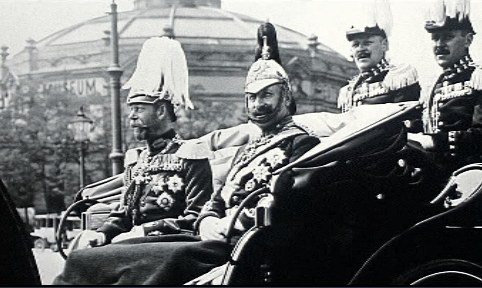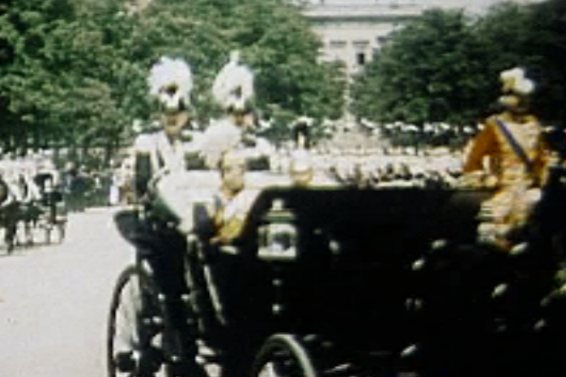These color motion pictures were taken in 1913 during the wedding of Viktoria Luise (Wilhelms doughter) and were recently restored. They used three separate frames with color filters (unlike the later Technicolor which used only two). The streats appear yellow because sand had been spread on the pavement for the event.
The movies use the Realplayer format. If you have the time, have a look at the large version :thumb up: !
Small version (5.8 MB)
Large version (33 MB)
The movies use the Realplayer format. If you have the time, have a look at the large version :thumb up: !
Small version (5.8 MB)
Large version (33 MB)




